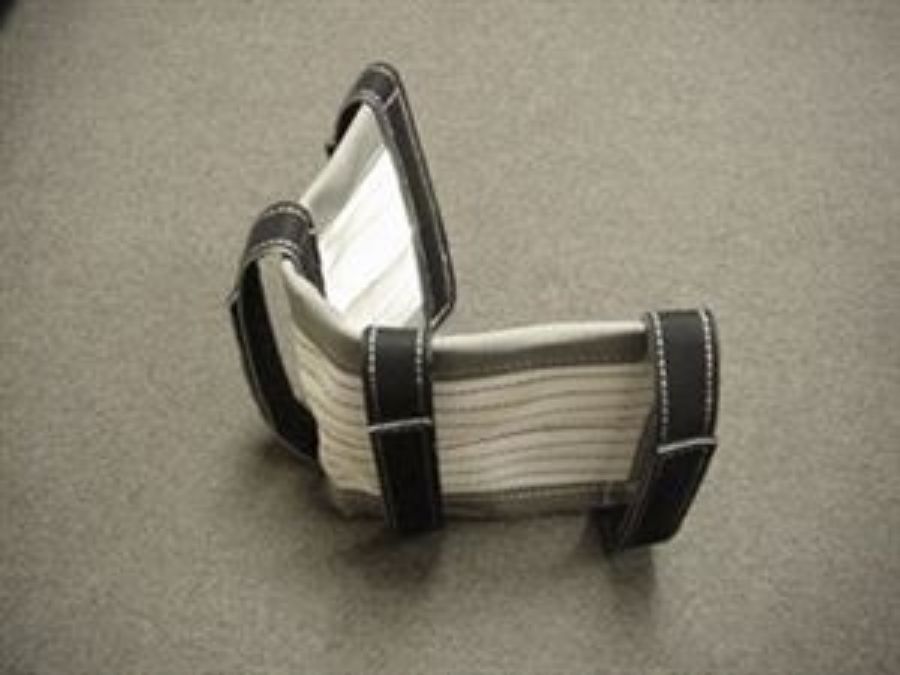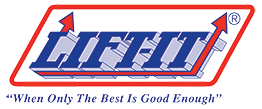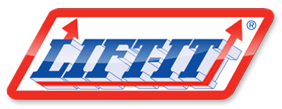
Wear Pads for slings is terminology from the past, although many still refer to sling wear pads as such.
Engineered sling protection has come of age and needs to be used correctly during load handling activities to prevent death, serious injury and/or property damage. There are two basic forms of sling damage that responsible riggers need to address, damage from cutting and damage from abrasion. While both cutting and abrasion can both cause sling damage, the steps taken to mitigate damage from cutting and/or abrasion are generally totally different.
The Web Sling and Tie Down association defines abrasion as “The mechanical wearing or scuffing of a surface, resulting from frictional movement between two materials or surfaces. When sling tension and compressive force against a damaging edge join together a cutting force is created.
While certain materials can be used to prevent abrasion damage, these same materials will not prevent damage from cutting. Generally, bulked nylon buffer material, also known by the Dupont trade name, Cordura® is four times more abrasion resistant than regular nylon or polyester webbing. This 1/8 inch thick abrasion resistant material will not prevent cutting.
Generally, bulked nylon materials are sewn directly to web slings in specific locations to prevent the effects of abrasion. Depending upon the sling configuration, sewn-on pads can be attached in single or multiple layers and can vary in length. The same abrasion resistant material (bulked nylon fibers) has also been woven into tubular sleeves for roundslings, resulting in more durable sling covers when compared to polyester tubular sleeves.
It is interesting to note that leather for many years has been used as a sling protection material. Images of the “old west” and “rawhide” seemed to make good sense, but in reality, leather has many serious shortcomings. When leather wear pads are sewn on to a synthetic sling, the rate of elongation for the leather is different than the nylon and/or polyester webbing. When sling wear pads are sewn to synthetic web slings, the leather does not elongate at the same rate as the webbing, resulting in thread breaking as the leather wear pad can become separated from the nylon lifting or polyester web sling.
When our customers absolutely insist on leather wear pad, we try to convince them to consider alternates, which are far superior. Since the customer is ALWAYS right, we will not recommend sewn on leather wear pads more than 60 inches in length to prevent the previously mentioned thread breakage due to differential elongation rates. In 1981 Lift-It manufactured 24-inch x 50 ft. Wide body cargo slings for use in rail car handling resulting from derailments. The purchaser was insistent upon FULL LENGTH leather wear pads for slings despite our pleas. During the first use the leather wear pads sheared away from the nylon cargo slings and thankfully the slings were not damaged. The leather pads were replaced with synthetic nylon wear pads which performed properly.
Some still refer to sling protection as “softeners” or wear pads for slings. There is a tremendous difference between engineered sling protection which has been designed, tested and labelled by the sling protection manufacturer and the many make shift devices such as: conveyer belting, fire house, cardboard, shop rags and/or leather gloves which were never intended for use as sling protection devices.
Sling users are far more astute at recognizing the need for not only selecting the correct type of protection, but that the protection is used properly. This need can best be assessed by a qualified person who knows proper protection selection and usage. We encourage responsible riggers to always take the time to do the job correctly, the first time.

